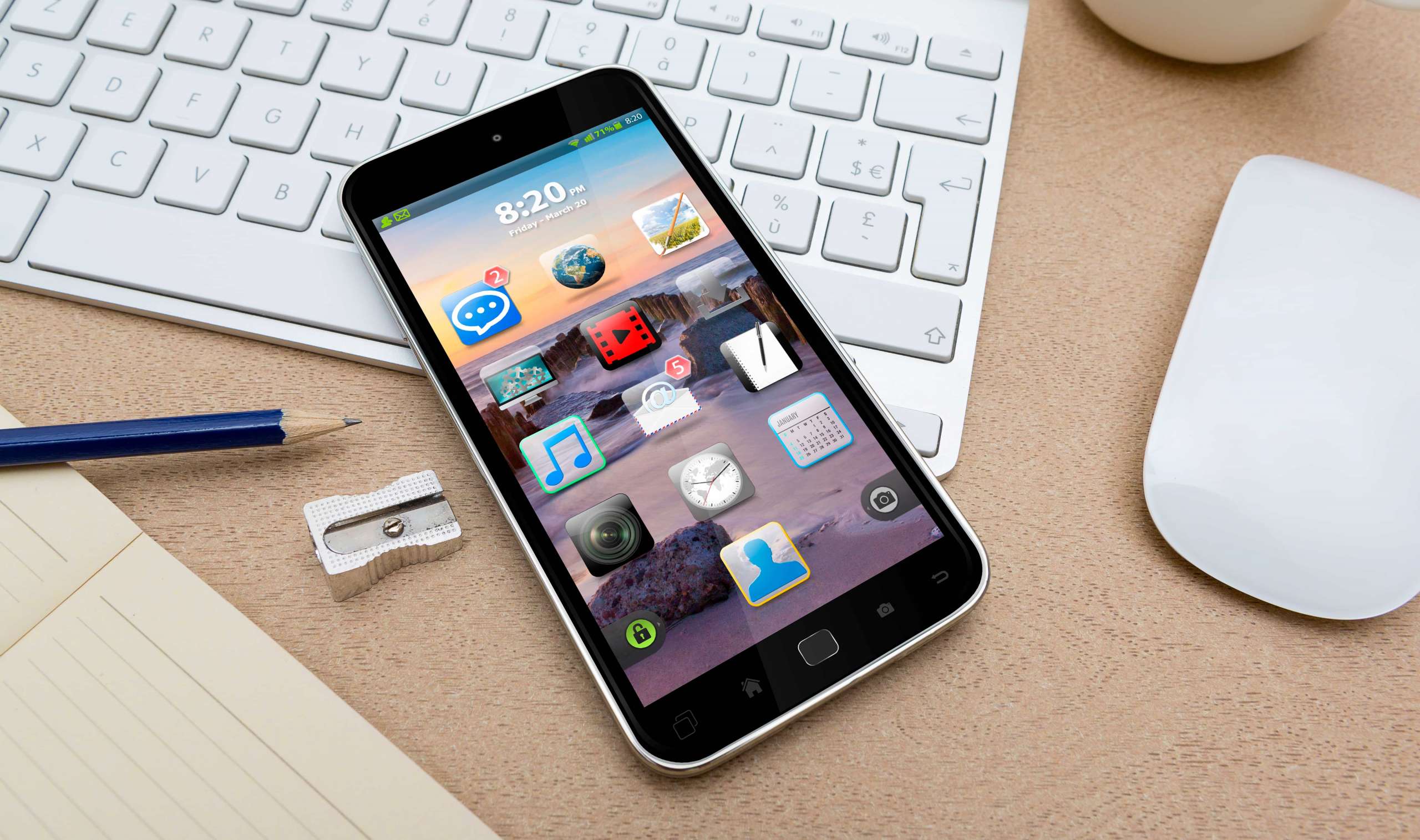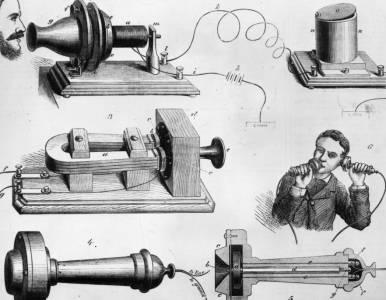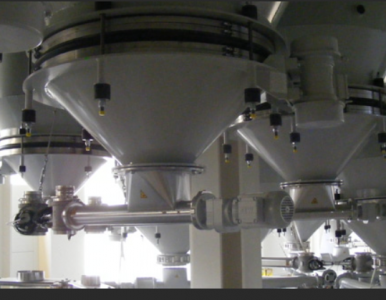Did your favorite tunes take a dunk in the pool, or become a casualty of a sudden downpour? Don’t toss your speaker out just yet! With some quick fix my speaker CPR (careful resuscitation procedures) and the right drying techniques, you might be able to revive your beloved audio companion. Here’s your guide to saving your waterlogged speaker:
Time is of the Essence: Act Fast!
The faster you respond to water exposure, the better your chances of success. Water can wreak havoc on internal components, so every second counts.
Turn it Off & Disconnect Immediately: First things first, immediately turn off your speaker. Then, disconnect it from any power source to prevent electrical damage. Speed is crucial here!
Drain the Drama: Remove Surface Water

Grab a clean, absorbent cloth and gently remove any visible water droplets. Resist the urge to shake or rub the speaker, as this can force water deeper inside. Treat it with care!
Open Up for Airflow (if Possible):
Some speakers have removable grilles or compartments. Double-check your warranty first. If safe to do so, open the speaker to allow for better air circulation and evaporation. This helps the water escape before it can cause further damage.
Air Drying is Key: Patience is Your Ally
Now comes the waiting game. Find a well-ventilated area with good air flow and let the speaker dry completely for at least 24 hours, preferably longer. Resist the urge to use a hairdryer or expose it to direct sunlight, as both can damage the internal components. Let the speaker air dry naturally.
Here are some additional drying techniques you can try (use with caution):
- Rice Bath (for small speakers only): Place the speaker (completely disassembled if possible) in a bowl of uncooked rice. The rice will help absorb any remaining moisture. Leave it for at least 48 hours. Important: Only use this method for speakers small enough to fit comfortably in a container of rice, and ensure all rice is removed before reassembly.
- Silica Gel Packets: If you have any silica gel packets lying around (often found in packaging), place them near the speaker to absorb moisture.
Remember: These techniques are not guaranteed to work, and may even void your warranty if not done correctly. Always prioritize following the manufacturer’s recommendations.
Power Down Until Dry:
Once completely dry, reassemble the speaker (if needed) but wait to connect it to power. Allow extra drying time to ensure all internal moisture has evaporated.
Test with Hope: Did You Save the Day?
The moment of truth! Connect your speaker to a power source and turn it on. If you hear clear audio, you’ve successfully performed speaker CPR and revived your drowned tunes!






